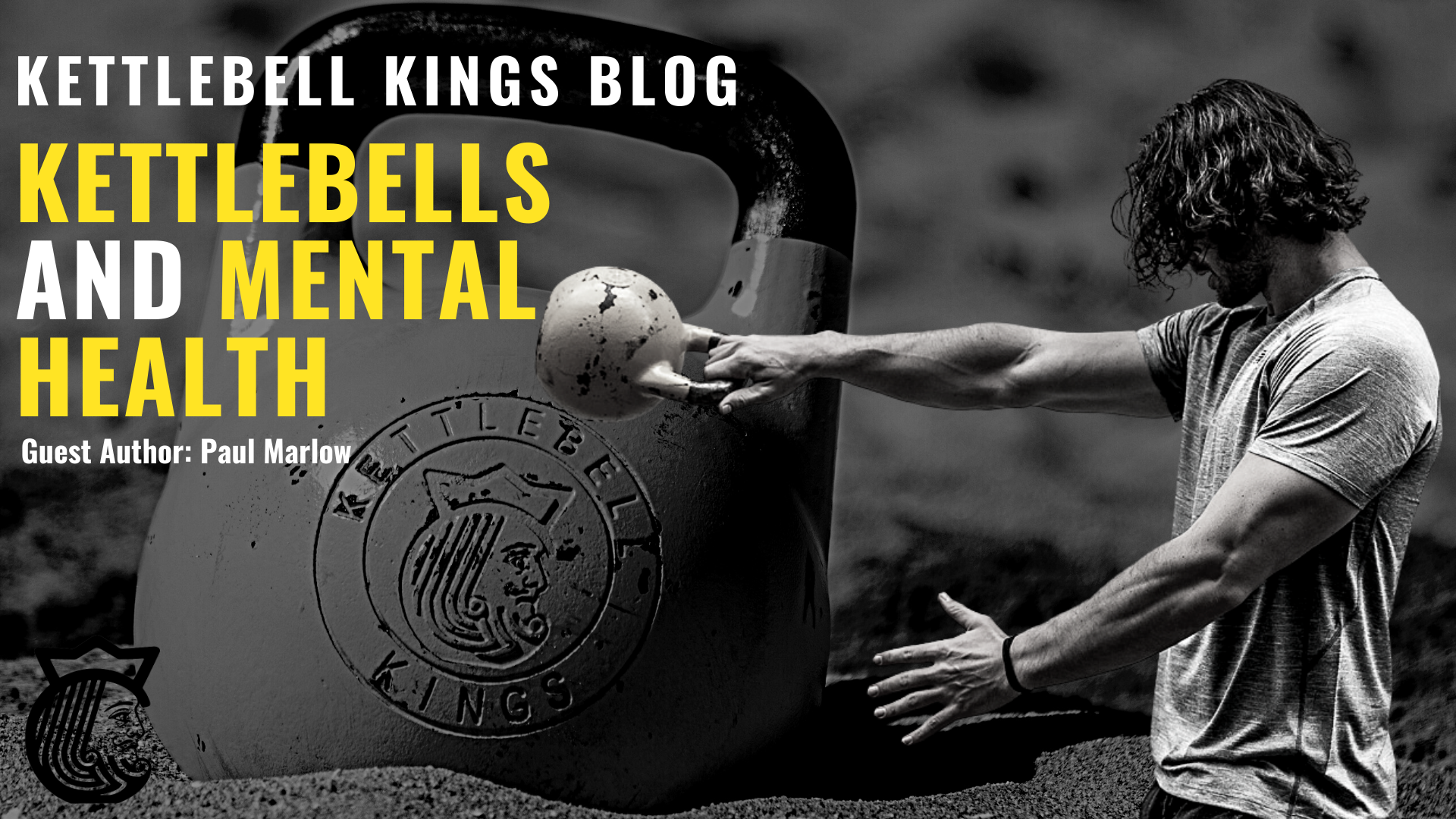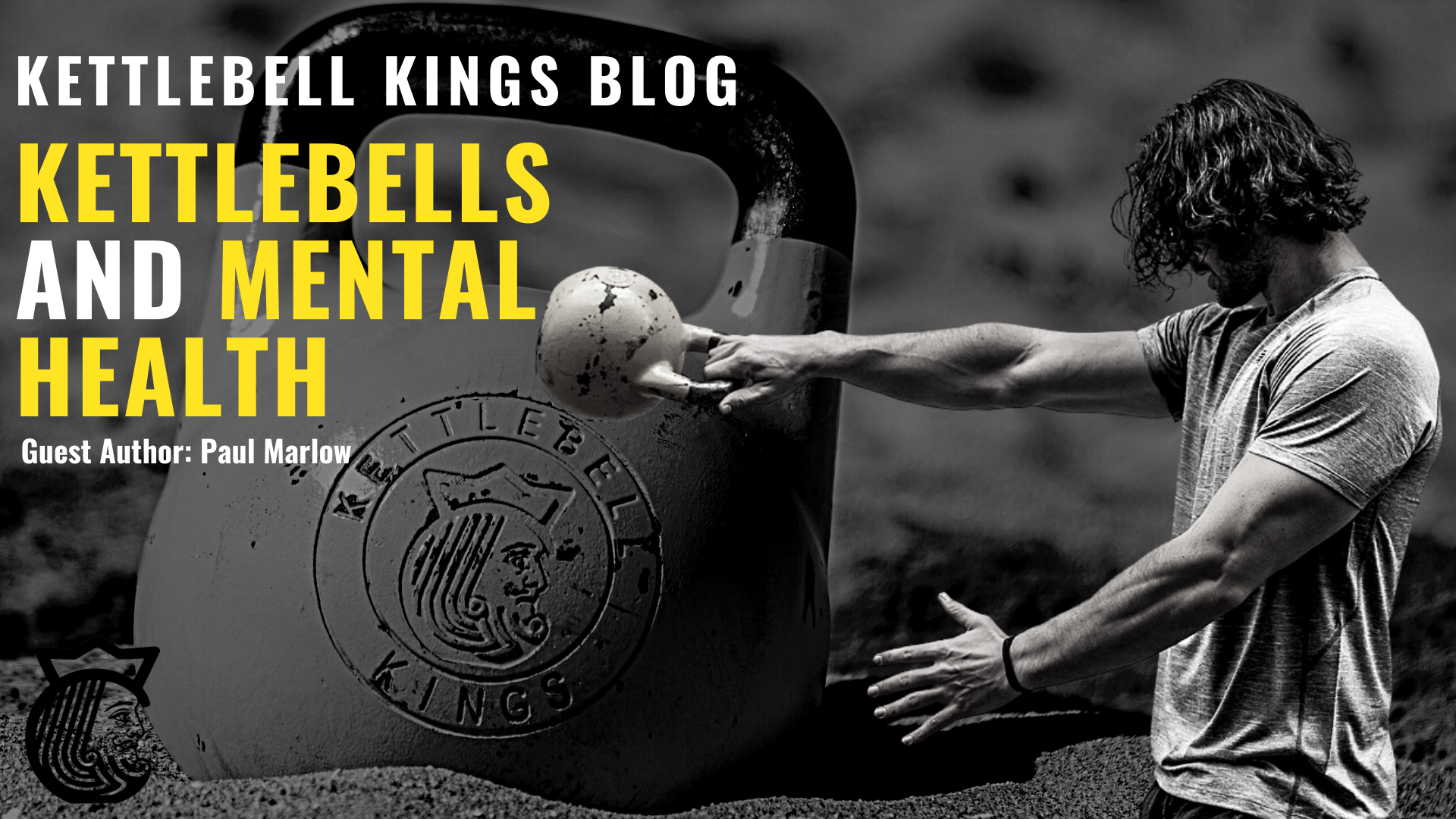What is sport?
Sport is the best compromise between passion and ambition, between hard work and fun. Sport goes to find your weaknesses and confronts them with determination, teaching you to overcome your limits. Sport, for the values it is able to transmit, should be an active part of the life of every person, starting from the young age when they lay the foundations of physical and character development of each of us. For the innumerable health and wellness benefits sport should accompany the life of anyone, regardless of whether they are athletes or not.
What does an athlete need to be able to best perform their sport and establish themselves up to the highest levels?
If what drives a child or a teenager to approach a particular sport is the joy that Sport is able to give him in every form, when this passion becomes strong and is accompanied by the desire to emerge it will no longer be enough if it is not supported by a solid physical-athletic construction.
In modern sports the physical component is increasingly dominant
The intensity of performance in the race increases more and more, and this obliges athletes to be more and more performing both to support the development of technical actions, and to prevent muscle injuries typical joints of the movement dynamics of the sport they practice.
Intensity of performance and injury prevention are the two aspects that anyone who practices any sport, whether it is a professional athlete of the highest level or a simple enthusiast, cannot absolutely overlook!
Functional Training as a response to the needs of modern athletes
Another aspect that characterizes today’s athletes compared to the past, is the high frequency of competitive seasonal commitments.
Seeing young players 13/14 years old who train 3/4 hours a day and who play tournaments almost every weekend, is the order of the day in every sports club in the world.
Not to mention professional athletes who train twice a day and in some sports such as football, they play on average two games a week.
These are just two examples of what is required in terms of physical and mental stress to those who today try to establish themselves in a Sport.
All this opens to an essential need: to optimize the physical and mental energies of the athlete, structuring extremely pragmatic training sessions.
The athlete needs super condensed and effective workouts. He cannot afford to waste energy resources. He has to train at very high intensity and then he has to make the best of it.
By analyzing the Sport’s performance model, by extrapolating its energy and biomechanical/neuro-motor demands, we must condense these conditional and coordination skills within the individual physical-athletic training session.
Although a correct seasonal periodization must always be the guiding light of the competitive season, for the high frequency of competitions and training sessions (techniques, tactics and physics), the athlete today cannot afford to neglect certain physical characteristics to the exclusive benefit of others.
Joint mobility, joint stabilization and body center control, coordination, agility, reactivity, speed, speed, strength, power and endurance are not a simple list of physical skills needed for any athlete, represent its essential structural, energetic and neuro-motor bases to allow it to best express its technical potential and its sporting talent. These physical abilities also play an essential role in keeping the athlete as far away as possible from injuries (from indirect trauma and stress/overload), ensuring a long and long-lasting sports career over the years.
The training session thus becomes a perfect mix of physical-organic skills that go to fill the specific deficits of the athlete and enhance his technical talent.
We therefore understand how a physical training system that makes the overall and multilinearity of movements, associated with the ability to condition more physical qualities at the same time, such as functional training, is the ideal strategy for modern athletes, regardless of the level and the specific sport.
An example of a complete workout for the development of more specific physical qualities for athletes
In the video at the top and bottom of the page, we see only part of the extraordinary versatility of two machines typical of functional training, the Kettlebell and the Resistance Band.
The Workout in addition to condensing all the physical and athletic features illustrated so far, also wants to demonstrate how with two simple tools and in a small space you can really meet the needs of the Sport and preventive without big investments in super expensive equipment and infrastructure, but simply putting at the center of the Athletic Preparation the professional skills of the Athletic Trainer, which will be fundamental in teaching with the right progressions, every single movement and exercise, to ensure that the training is really safe, effective and productive.
This will restore power to the Athletic Trainer, understood no longer as a simple dispenser of exercises and protocols, but as a teacher of human body movements, what unfortunately has been lost over the years due to the educational orientation university and federal, who has been more attentive to counting numbers and statistics than the efficiency and functionality of the athlete!
In the teaching of Functional Training the Athletic Trainer must himself be a perfect performer of movements and exercises, even before teaching them to his athletes, and this means that he must first train seriously (with a scientific training system and really tested on the field successfully on thousands of athletes for over a decade) on the use of functional training equipment, before even proposing them!
Emilio Troiano is the creator of the WTA Functional Training Academy, the first training school of Functional Training in Europe (since 2009). Over the years, he has trained over 15,000 sports instructors from all backgrounds, athletic training, fitness and physiotherapy.
You can contact him and view all his training courses and workouts on the website










